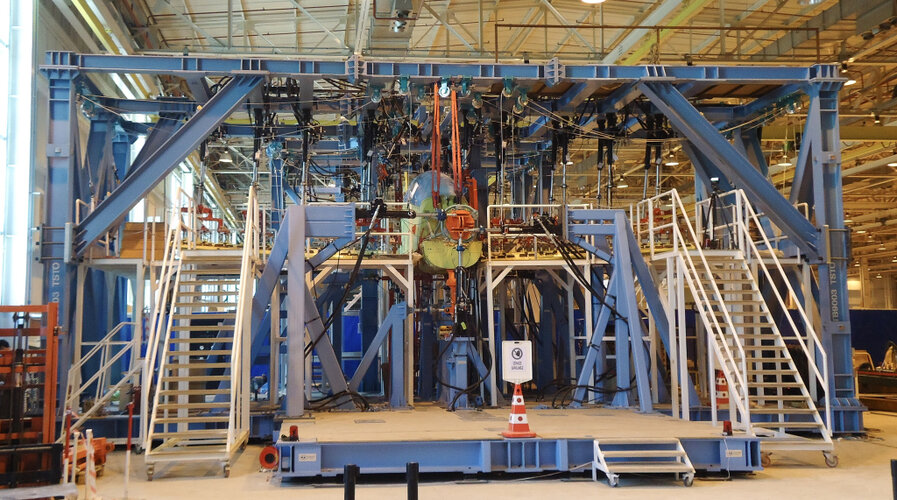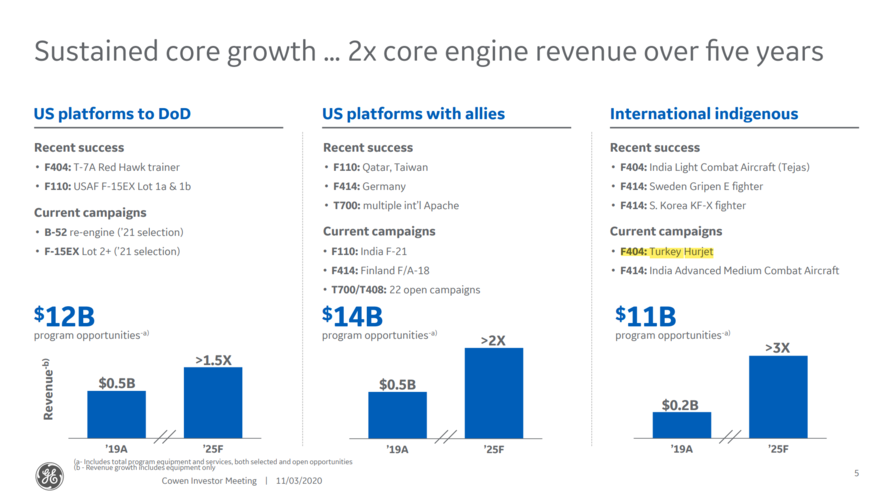Key takeaways and my thoughts :
No delays until now, and no signs of future delays as of yet.
- (they've claimed they are actually ahead of schedule a few months ago)
Started some of the wind tunnel testing already.
- (Considering that wind tunnel testing obviously should have been conducted since years ago, maybe he means conducting it in the ones in Turkey?)
BAE assistance going smooth it seems.
Hiring more engineers and training them to participate in the project.
- (From what I know, this "training" must be very marginal and those engineers must be already very experienced in their fields, just not in designing a fighter jet. I've forgot the source but I remember reading a French aviation engineer describing the life of an engineer as consisted of first 10 years of learning in the field, the next 15~20 years of actually working in some project, and the last 10 years of training the next generation. From such perspective, an aviation engineer is not what you could just "train" for some months and bring to work on an actual project.)
Have started preparing for the production of the first prototype, namely the metal cutting.
- (Wouldn't put too much emphasis on simply cutting a metal)
"Initial development" of the Turkish engine started.
Selected 1 or 2 readily available engines as an interim solution.
- (Considering the fact that this time he doesn't go on to mention the F110 but "1 or perhaps 2 engines", maybe Turkey is planning to try getting the approval from the US for the use of their license produced F110 for the TF-X? Also perhaps, to be prepared in case that doesn't work out, negotiating with another party for the supplying of the engine in the meantime. There are only two countries who have F110 equivalent engines ready apart from the US, and I think Russia would be the most likely candidate considering their recent statements about the possible sales of Sukhois to Turkey.)
- (Though I am guessing that they are currently designing TF-X with F110 in mind, as that is the only solution that has been mentioned numerous times by Turkish engineers and officials, if Turkey cannot get the approval of the use of F110 for TF-X, that should either mean scraping the detailed design that went through CDR and get to work on a new detailed design with the alternative engine in mind, or delay detailed design phase and CDR all together until the approval is given/denied for the F110. Maybe working parallel on 2 detailed designs, each with F110 and AL-31F in the same time?)
Turkish engine to be ready after 2026 or 2027.
- (Those 2026~2027 figure probably comes from the current schedule of maiden flight of the prototype in between Q4 of 2026 and Q1 of 2027.)
- (As I have also posted on this thread based on the infos from Turkish officials, their plan was - and probably still is - to get the engine to run hot for the first time in 2026 and fly it for the first time around 2028~2029. As I've noted a few times, this timeline is already ambitious enough so I don't expect such development schedule to have changed, hence him saying "after" 2026~2027, which the 2028~2029 technically fits into.)
The used render of the TF-X is still the same or at least almost the same from last year.
- (probably down to the fact that this aircraft hasn't even passed PDR yet.)
- (I expect changes of the design during the rest of the preliminary design and detailed design which is soon to follow. I'm curious about what they're gonna do with the IRST in front of the cockpit, considering they already have a EOTS like stuff below the nose as well.)




